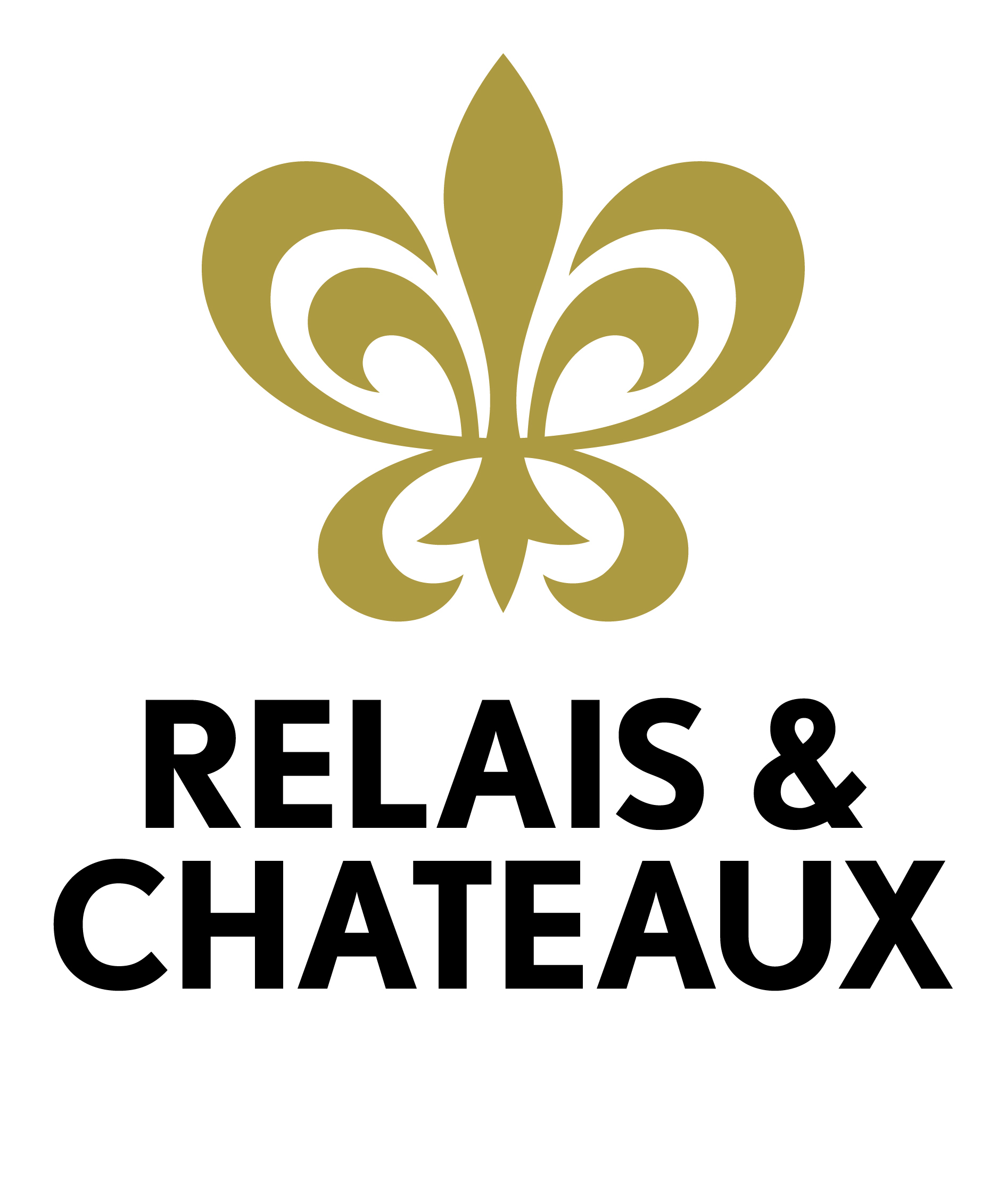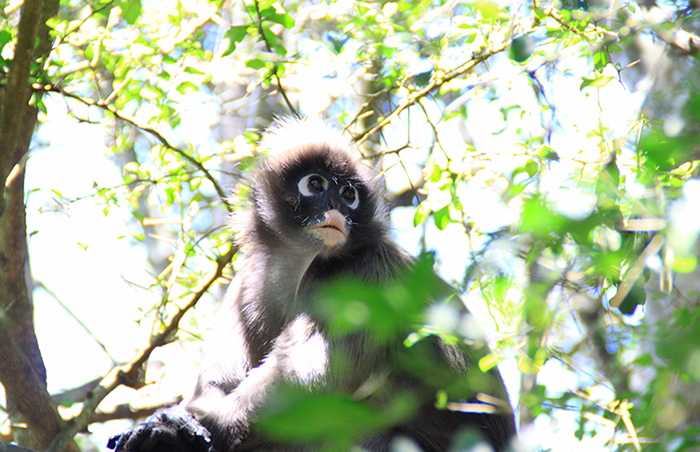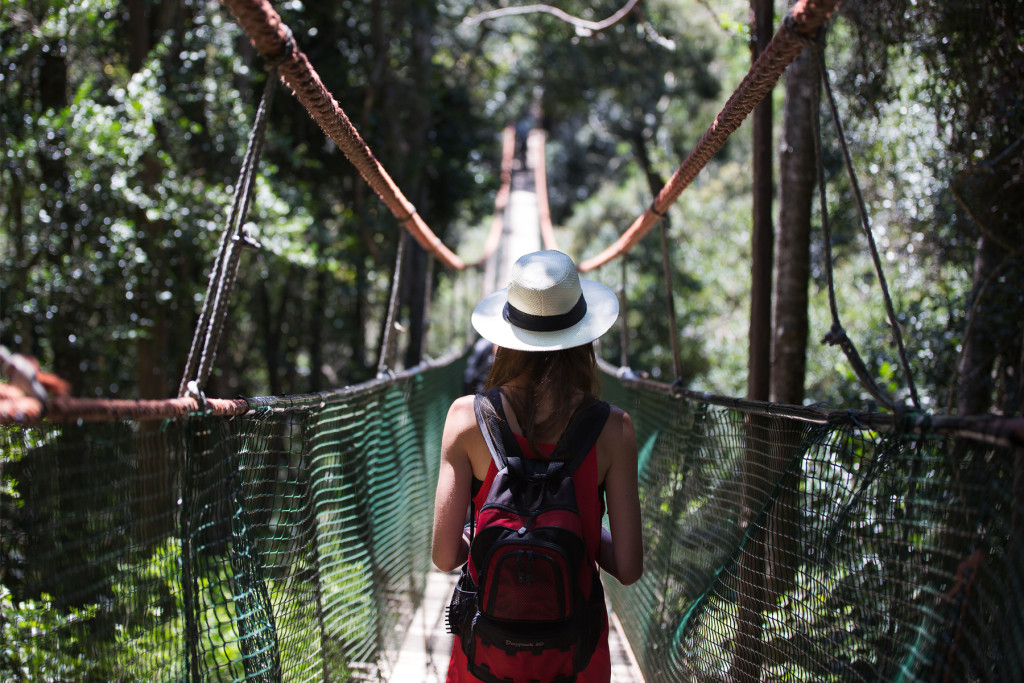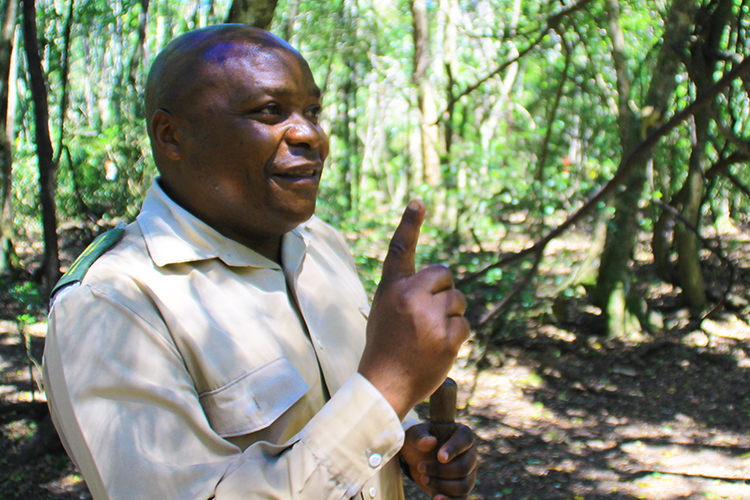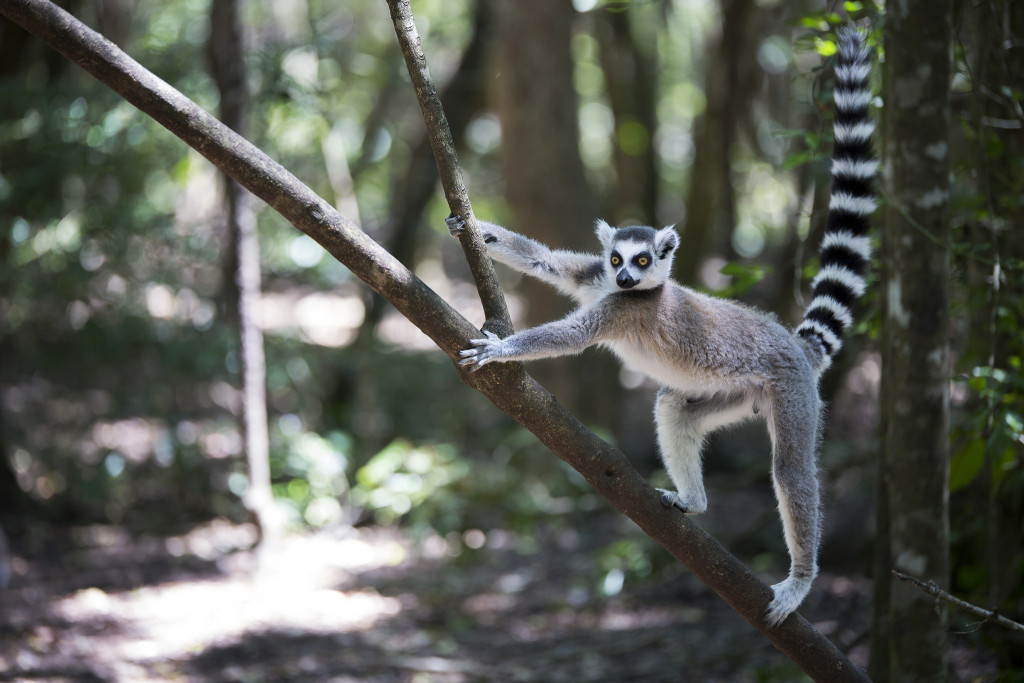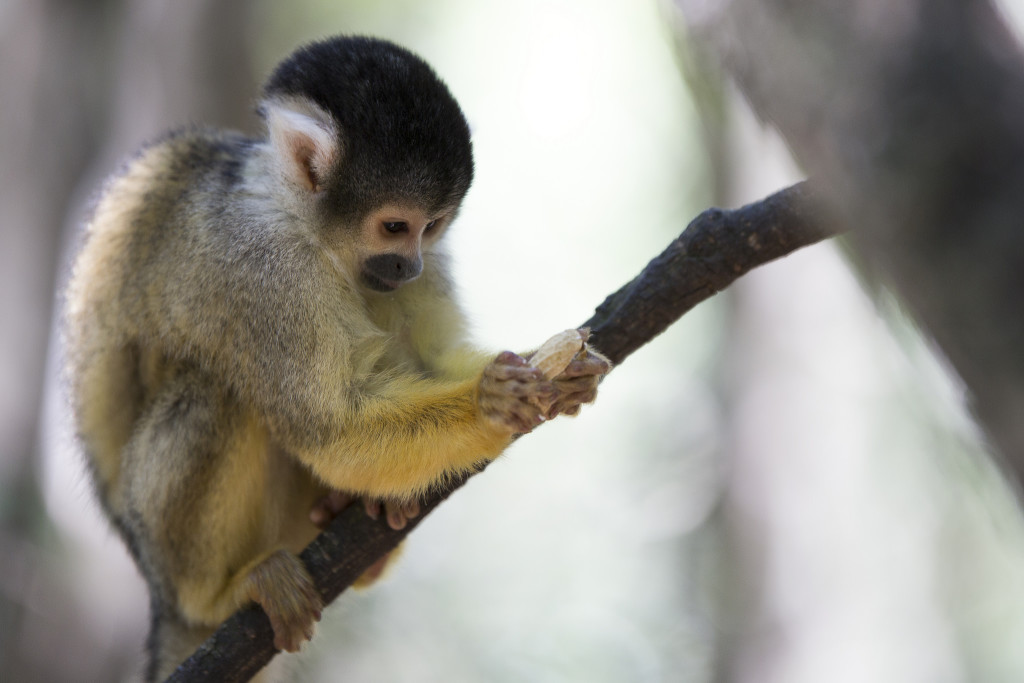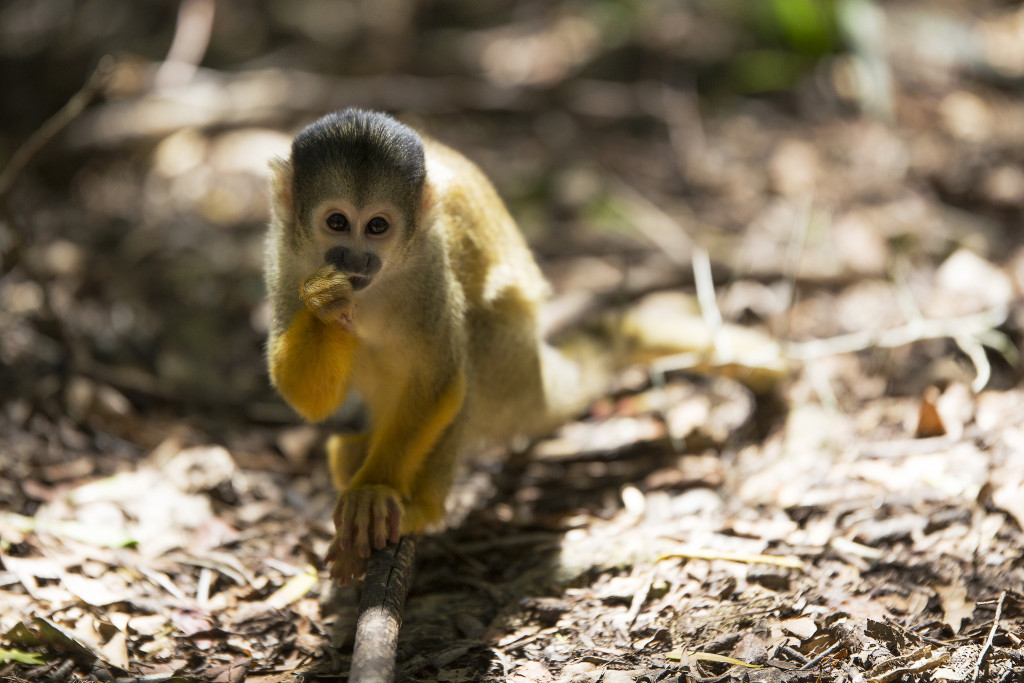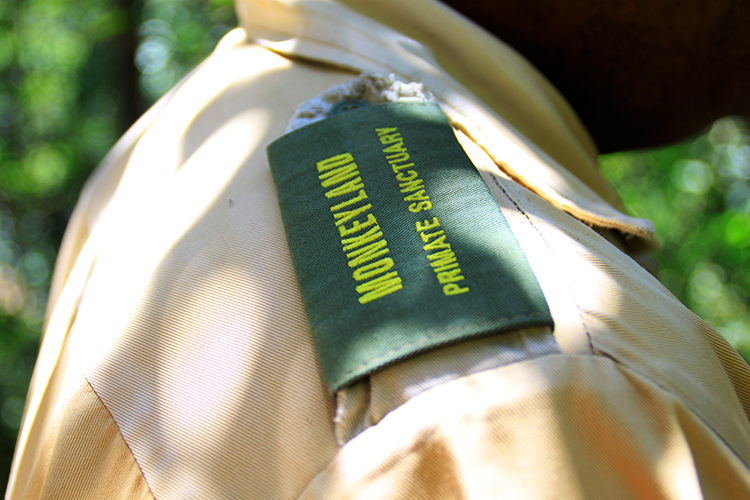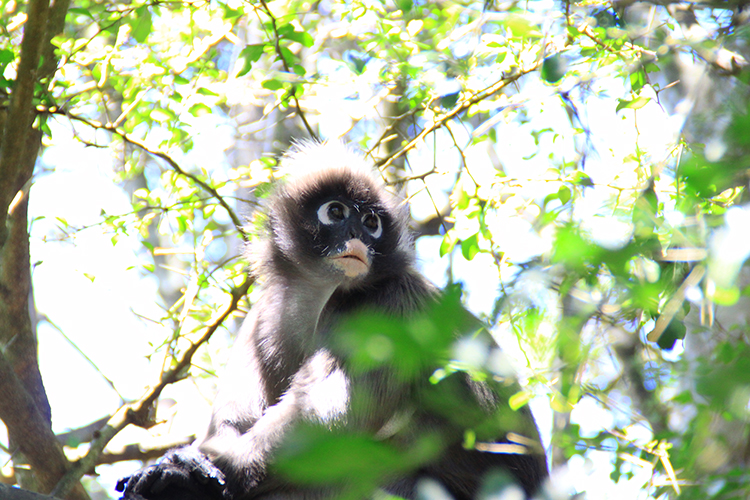
On a recent stay at The Plettenberg in Plettenberg Bay on the Garden Route, we were enticed by something called “the world’s first free roaming multi-species primate sanctuary”. All the monkeys of the world, well, many of them, in one place. This is Monkeyland. A sanctuary in the truest sense.
His name was Hamidi. I had never met anyone like him before. Perhaps he had spent too much time around animals. Perhaps I had spent too little. Or, perhaps he was simply not from around here. He was our ranger and ‘here’ was the Monkeyland Primate Sanctuary, in a bay at the bottom of the African continent. Plettenberg Bay. Home for Hamidi? The middle of the Indian Ocean. The kind of place most people wouldn’t be able to point out on a map, even if you presented them with one folded into a neat tight square around the vicinity in question. Hamidi (birth name: Omar-Alie-Hamid) from the Comoros, he told me – the same place as these guys, originally, he said, pointing at the lemur piggybacking its young across the forest floor below us.

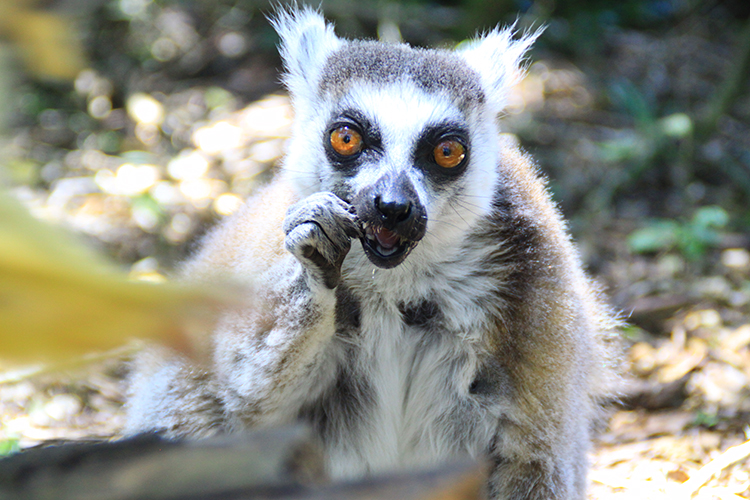
Above: Monkeyland is home to the longest suspension bridge in Africa – a total of 128m.
We were a far distance from the tiny island in the Indian Ocean – from its place in the big blue close to Madagascar, another island well-known for its lemurs. The piggybackers and other ex-captive primates living here in Monkeyland have travelled some distance before arriving here – from the cages of zoos and rings of circuses the world over. Monkeyland is their refuge – a home for up to 18 different species of primates. Eleven of these roam freely in the main 12 hectare forest. The other seven stay in spacious enclosures within the forest or at Birds of Eden, next door.
The free-roamers include two lemur species – the Black and White Ruffed Lemur and Ringtail Lemur, two Langur species, Black Howler Monkey, Bolivian Squirrel Monkey, Geoffroy’s Spider Monkey, Tufter or Brown Capuchin, Red-backed Bearded Saki, Vervet Monkey and Monkeyland’s only ape species – the White Handed or Lar Gibbon.
above: the White Handed or Lar Gibbon
Hamidi guided us below the canopy of trees, spider monkeys flinging their nimble bodies from branch to branch around us, the lar gibbon knuckle-walking into the distance, his fur coat brushing the earth. It’s a unique kind of walking safari, and Hamidi is not your average ranger.
A primatologist by profession, Hamidi’s life is these primates. No matter how much I tried to distract him with questions, his attention always lay more on the forest around us, watching for every nose scrunch and tail flick – the Morse Code of the residents who now, happily, he says, call this land, Monkeyland, home.
Above: Born in the Comoros, Hamidi moved to South Africa because of the lack of employment opportunities in the Comoros.
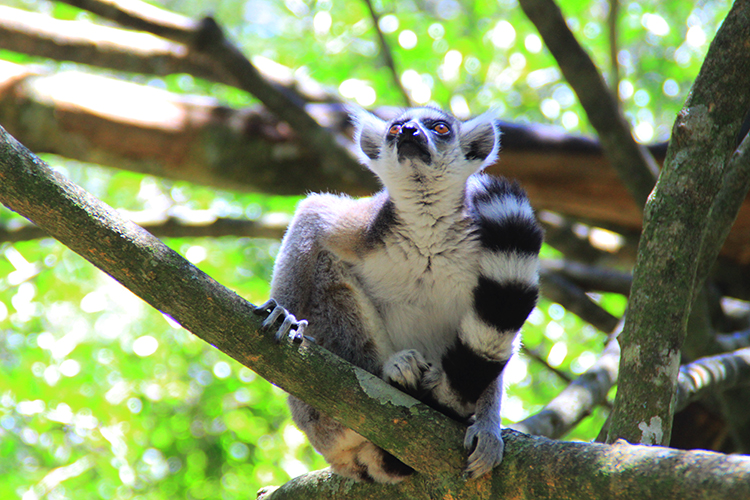
above: The ring-tailed lemur (Lemur catta)
Monkey Vision
Together with Birds of Eden and The Jukani Wildlife Sanctuary, also in Plettenberg Bay, Monkeyland is part of The South African Animal Sanctuary Alliance, an organisation that has won several environmental awards, including the Lilizela Service Excellence Award for Best Visitor Experience ‘Wildlife Encounters’; and ‘Best Animal Welfare Initiative’ and overall winner of the World Responsible Tourism Awards.
Open since 1998, Monkeyland ensures a better future for the primates that find their way to them. The process to this end includes the development and implementation of the “Eden Syndrome”, which prepares all previously caged primates for their eventual release into the sanctuary. It is also dedicated to educating people about animal welfare, through this living forest experience.
Visit their website to discover more and meet some of their residents below.
What Else Should I Do While on the Garden Route?
- Cruise along the Keurbooms River, mountain bike in the Harkerville Coastal Forests and Marine Reserve, horse ride through scenic meadows of indigenous fynbos, take the plunge at the world’s highest bungy jump (216 metres), and go on a Tsitsikamma Forest canopy tour, 30 metres above the forest floor.
- There are several great beaches and a multitude of marine activities around Plettenberg Bay – boating, scuba-diving and kayaking – as well as at ‘The Wedge’, the surfer haven nearby.
- Visit the largest single free-flight aviary in the world at Birds of Eden, with its immense indigenous forest, wild waterfalls and elevated walkways.
- Explore the Addo National Park – from Gorah Elephant Camp
- Relax by the pool at The Plettenberg…
